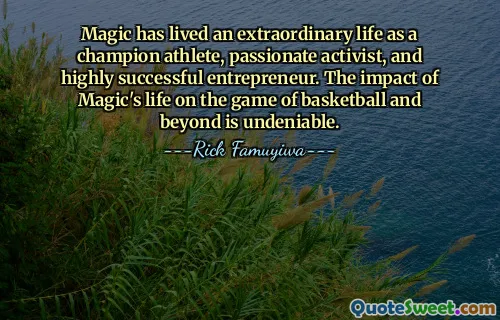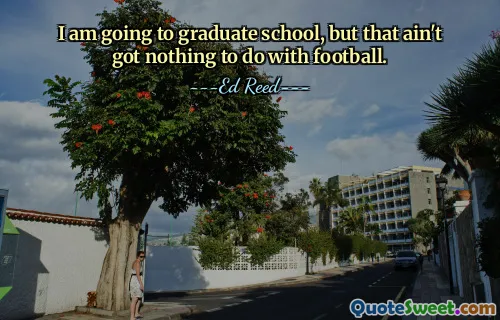
Many young athletes joined the gangs instead of aspiring to gold medals in the Olympics. You could easily discern the kind of sport they did by their body shape and injuries. Well - built with a broken nose - a boxer. Broad shoulders with torn ears - a wrestler. Enormous muscles with little to no brain - a bodybuilder. Short with broad shoulders and a quadratic head - a weightlifter.
This quote presents a compelling reflection on the divergence between sportsmanship and street-oriented pursuits among youth. It highlights how physical characteristics and injuries can reveal one's athletic or altercative endeavors. The contrast between the disciplined pursuit of Olympic glory and the potentially destructive path of gang affiliation underscores the complex decisions facing many young individuals. The imagery of varied athletes—with their distinctive body types and injuries—serves to emphasize the physical toll and identity associated with different sports. The boxer, with a broken nose, symbolizes resilience and grit; the wrestler’s torn ears depict live combat and toughness; the bodybuilder’s enormous muscles coupled with diminished mental acuity suggest a focus on superficial strength perhaps at the expense of intellect; and the weightlifter’s specific physical traits highlight specialized strength. What is striking is how the quote suggests that a person’s body effectively narrates their history and choices. It invites reflection on societal influences that steer youth toward or away from positive athletic pursuits. It also challenges us to consider the true value of sporting discipline versus violence and environmental pressures that may push young people down rougher paths. The quote implicitly champions athleticism as a constructive, disciplined, and honorable avenue for youth development, contrasting it with the chaos and danger associated with gangs. Overall, it prompts us to value health, discipline, and goal-setting as essential aspects of youth growth and societal progress.






